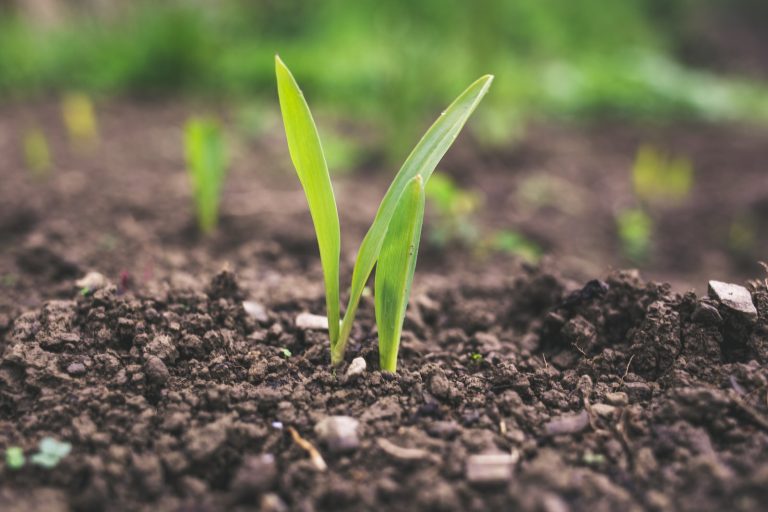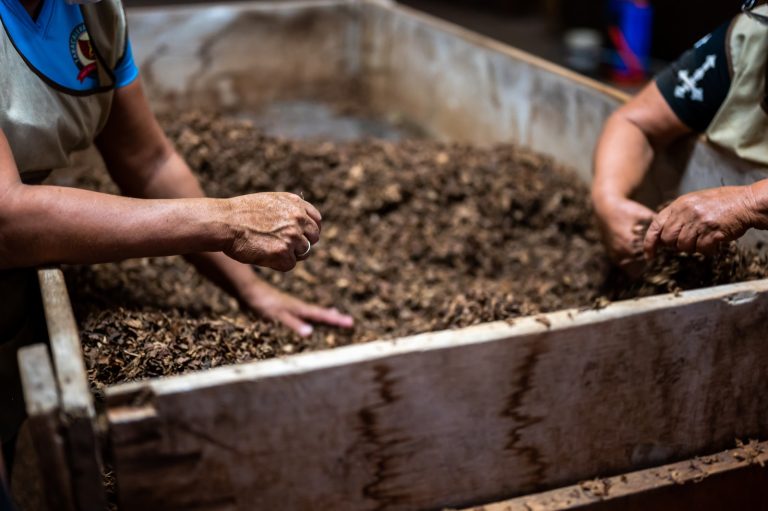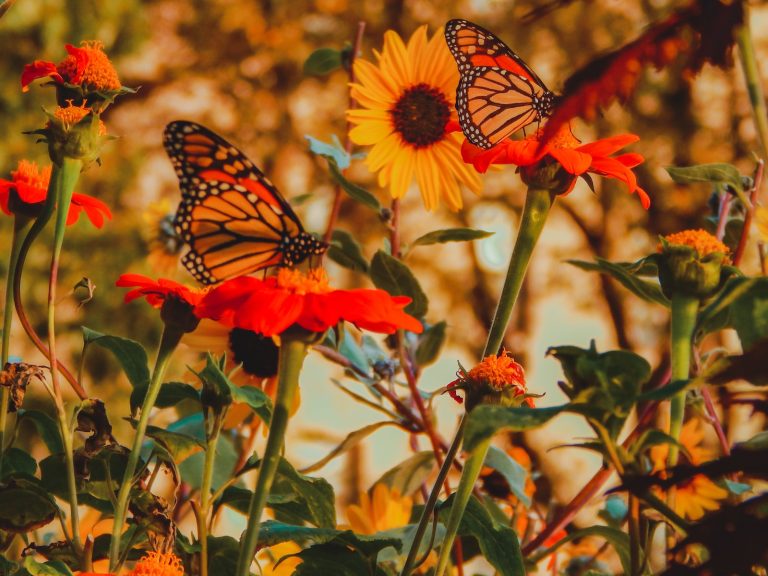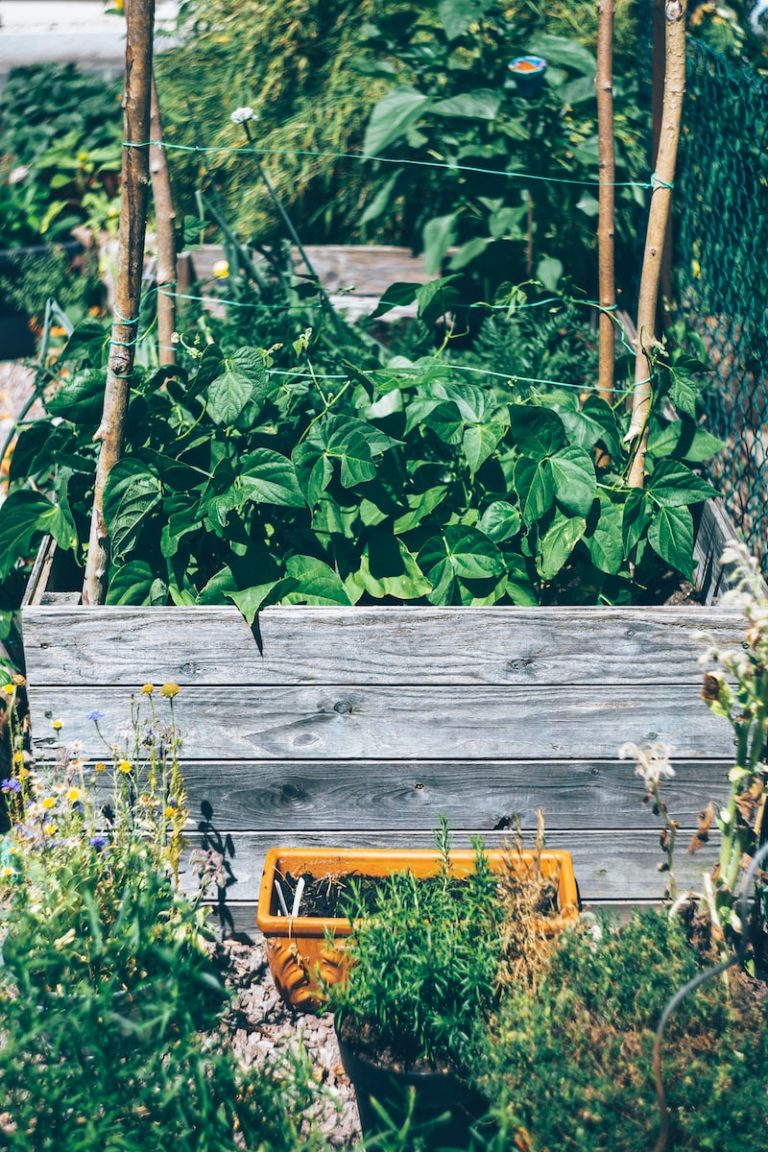Guide on Best Plants for Indoor Gardening

Welcome to our ultimate guide on the best plants for indoor gardening! If you’re a plant lover, you know how important it is to have greenery in your life. Not only do they purify the air and add beauty to your space, but they also offer a sense of tranquility and calmness that we all need in this fast-paced world.
Whether you’re an experienced gardener or just starting out, we’ve got everything you need to create a thriving indoor garden that will bring joy into your life. So let’s get started!
The benefits of indoor plants
Indoor plants are not only aesthetically pleasing, but they also have several benefits for your home. Plants help purify the air by absorbing harmful toxins and releasing oxygen back into the room. They can also help improve your mood and concentration and reduce stress levels. If you’re looking for a way to spruce up your home and improve your health at the same time, indoor plants are a great option.
Additionally, indoor plants can help to reduce noise levels in a room, making it easier to concentrate and relax. Houseplants also increase the moisture in the air and can even act as natural humidifiers. Finally, some plants are known for their antibacterial properties, which can further reduce bacteria and mold levels in your home.
The best plants for indoor gardening
When it comes to indoor plants, there are a few things to consider. First and foremost, you want to make sure the plant is safe for your home and won’t cause any allergies or other problems. Secondly, you’ll want to choose a plant that is easy to care for and doesn’t require a lot of maintenance. Here are a few of the best plants for indoor gardening:
- Aloe vera: This plant is great for indoor gardens because it is very low maintenance. Aloe vera only needs to be watered about once a week and can thrive in both bright and low light conditions. Additionally, aloe vera has many benefits for your skin and can be used topically for cuts, burns, or other skin irritations.
- Snake plant: Another great option for an indoor garden is the snake plant. Snake plants are very drought tolerant and can go weeks without being watered. They also don’t require much light, making them ideal for rooms with little natural light. Just be sure to not overwater them as they can rot easily if too much moisture is present.
- Peace lily: If you’re looking for a plant that blooms flowers indoors, then the peace lily is a great option. Peace lilies prefer shady areas and should be watered about once a week. They do require more attention than some of the other plants on this list, but their beautiful white flowers make them worth the extra effort.
Indoor plant pests and diseases
Indoor plants are susceptible to a variety of pests and diseases. These can include insects, such as aphids, whiteflies, and mealybugs; fungal diseases, such as powdery mildew and root rot; and viral diseases, such as a mosaic virus.
To help prevent problems with indoor plants, it is important to choose pest- and disease-resistant varieties whenever possible. It is also important to practice good cultural care, such as proper watering and fertilization, and to keep the area around the plants clean.
If problems do occur, they can often be controlled with the use of insecticides, fungicides, or other chemicals. Snake plant: Also known as mother-in-law’s tongue, this plant is extremely low maintenance and can thrive in both bright and low light. Additionally, snake plants are great air purifiers as they absorb toxins from the air.
Planting and Caring for Your Indoor Garden
Assuming you have already chosen the plants you would like to grow in your indoor garden, the next step is understanding how to plant and care for them. Much like outdoor gardens, indoor gardens need attention and care in order to thrive. The following tips will help you get started on planting and caring for your indoor garden.
When it comes to planting, make sure to use pots or containers that have drainage holes. This is important because it allows excess water to drain out, preventing your plants from becoming overwatered. It is also a good idea to use potting soil specifically designed for indoor gardening. This type of soil is lightweight and drains well, both of which are important for healthy plant growth indoors.
Once you have your plants potted, place them in an area of your home that receives bright, indirect sunlight. Most plants need at least six hours of sunlight each day in order to thrive, so choose a spot near a window that gets plenty of light throughout the day. If you do not have a spot like this in your home, you can also buy grow lights specifically designed to simulate sunlight and help indoor plants grow.
Watering is another important aspect of plant care. How often you need to water your plants will depend on the type of plant as well as the size and type of pot or container they are in. As a general rule of thumb, indoor plants should be watered about once a week or when the top inch or so of soil feels dry to the
Conclusion
Indoor gardening is becoming a popular activity, and with the right plants, you can have a lush indoor garden that will bring life to your home. We hope this guide has been helpful in giving you an idea of some of the best plants for indoor gardening and how to properly care for them. With the right knowledge and commitment, your indoor garden can be both beautiful and resilient. So go ahead, get creative, and enjoy all the beauty nature brings indoors!
James is a passionate writer and gardener with years of experience in home gardening. He is the author of several articles and blog posts on HomeGardenBlog.com, a platform where he shares his expertise and love for plants and gardening with the world.






